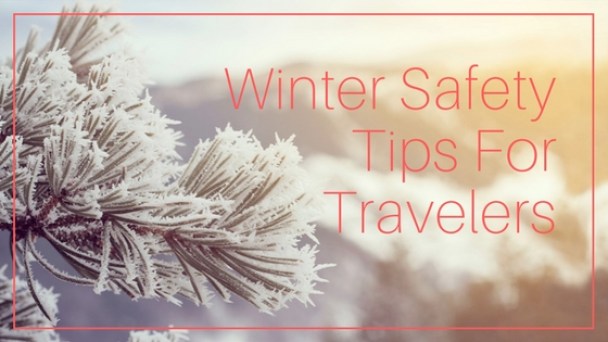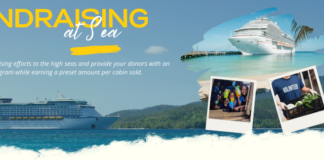Winter Safety Tips For Travelers
Traveling in the winter is a lot different than traveling in the spring or summer. Dependent on where you are going you may have cold weather to deal with and a lot of snow. Because of this, it’s important to travel with caution so that you can remain safe at all times. In order to travel without incident, follow these cold weather safety tips.
Driving Your Car
Icy roads can prove to be dangerous for travelers, especially for those that aren’t used to driving in these conditions. There are some things you can do to lessen the likelihood of an accident happening. Try to stay on flat roads that don’t have any hills or curves. Only drive in daylight hours if you can when visibility is at it’s best. If you do find that the snow is coming down very heavy, drive slow and don’t try to speed to get to your destination.
Flying On A Plane
Snow can drastically affect a plane. If you’ve ever been stuck on a tarmac for hours waiting for your plane to be de-iced then you know what I’m talking about. When you leave a destination and have a connecting flight, there’s a possibility that you can get stuck in your layover city if conditions are bad at your destination or in the city where the connecting flight is. To try to avoid this, choose a flight that is nonstop. This way if the conditions are bad you’re not just stuck in a random city. If you can’t avoid having a stop or two on your flight, make sure you don’t cut it too close by having a short layover time. If there’s any sort of delay because of snow, there’s a good chance that you could miss your connecting flight. When making travel arrangements you can also try to book your connecting flight in a warm weather city to avoid the chance of experiencing a delay because of cold weather conditions.
Being Outdoors
Once at your destination you may be spending some amount of time outdoors. It’s important to dress appropriately so you don’t risk getting frostbite. Pay close attention to extremities like your nose, toes and fingers. Use a scarf that’s large enough to wrap around the lower part of your face, including your nose and lips. Wear thick gloves that will keep your hands warm and opt for sneakers, if not waterproof shoes, to keep your toes from getting cold. Allow for plenty of stops indoors so that you can warm up as well. It’s also a good idea to wear a waterproof jacket so that it doesn’t get damp from the snow.














